Cost Efficiency
Cost efficiency is emerging as a vital driver in the Automated Drug Kiosk Market. These kiosks can significantly reduce operational costs for pharmacies and healthcare providers by minimizing the need for extensive staffing. By automating the dispensing process, pharmacies can allocate resources more effectively, leading to improved service delivery. Furthermore, the reduction in overhead costs can translate to lower prices for consumers, making medications more affordable. Market analysis suggests that pharmacies utilizing automated kiosks can achieve a cost reduction of up to 25% in operational expenses. This financial incentive is likely to encourage more establishments to adopt automated solutions, thereby expanding the Automated Drug Kiosk Market.
Regulatory Frameworks
The establishment of supportive regulatory frameworks is crucial for the growth of the Automated Drug Kiosk Market. Governments are increasingly recognizing the potential of automated kiosks in improving healthcare access and efficiency. Regulations that facilitate the deployment of these kiosks in pharmacies, hospitals, and public spaces are being developed. For example, some regions have implemented guidelines that ensure the safety and efficacy of medications dispensed through kiosks. This regulatory support not only enhances consumer trust but also encourages investment in the Automated Drug Kiosk Market. As a result, the market is expected to expand, with a projected increase in the number of installations by 20% over the next five years.
Technological Integration
The integration of advanced technologies into the Automated Drug Kiosk Market is a pivotal driver. Innovations such as artificial intelligence, machine learning, and IoT are enhancing the functionality and efficiency of these kiosks. For instance, AI algorithms can analyze user data to provide personalized medication recommendations, thereby improving patient adherence. Moreover, the incorporation of secure payment systems and user-friendly interfaces is likely to attract a broader customer base. As of 2025, the market is projected to grow at a compound annual growth rate (CAGR) of approximately 15%, driven by these technological advancements. This trend suggests that the Automated Drug Kiosk Market is evolving rapidly, adapting to the needs of modern consumers.
Consumer Demand for Accessibility
The rising consumer demand for accessibility in healthcare services is a significant driver for the Automated Drug Kiosk Market. As populations age and chronic diseases become more prevalent, the need for convenient access to medications is paramount. Automated kiosks provide a solution by allowing patients to obtain prescriptions without the need for direct interaction with pharmacy staff. This is particularly beneficial in underserved areas where traditional pharmacy access may be limited. Market data indicates that approximately 30% of consumers express a preference for using automated kiosks for medication retrieval, highlighting a shift in consumer behavior. This trend is likely to propel the growth of the Automated Drug Kiosk Market in the coming years.
Health Awareness and Self-Medication Trends
The increasing health awareness among consumers is driving the growth of the Automated Drug Kiosk Market. As individuals become more proactive about their health, there is a growing trend towards self-medication. Automated kiosks facilitate this by providing easy access to over-the-counter medications and health products. This trend is particularly pronounced among younger demographics who prefer the convenience of obtaining medications without visiting a healthcare provider. Data indicates that self-medication practices have risen by approximately 15% in recent years, suggesting a shift in consumer attitudes towards health management. Consequently, the Automated Drug Kiosk Market is likely to benefit from this trend, as more consumers seek out convenient and accessible healthcare solutions.


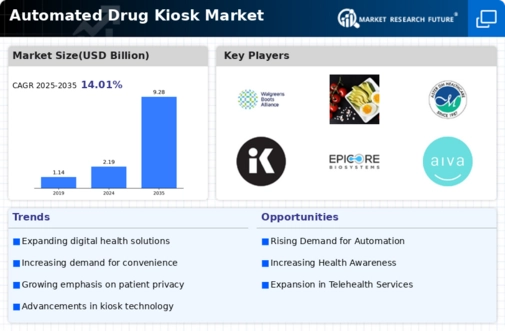
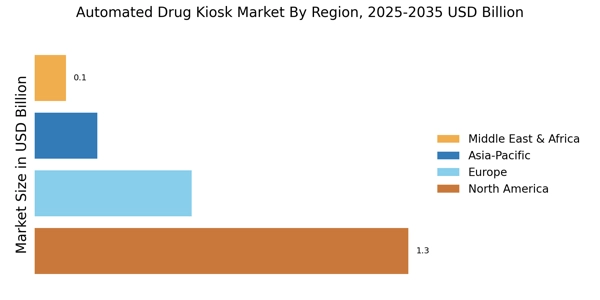
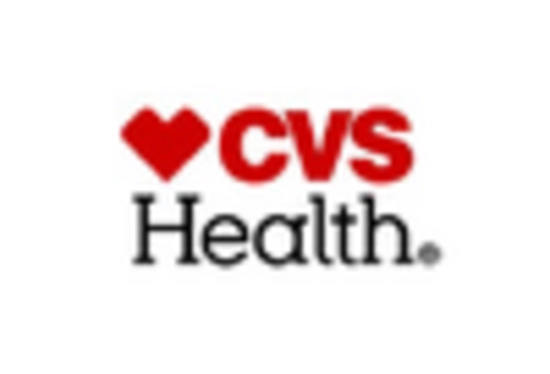
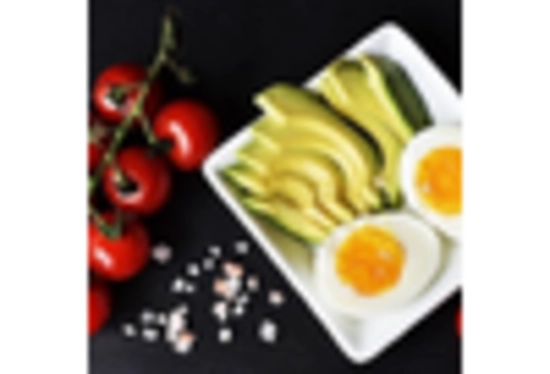
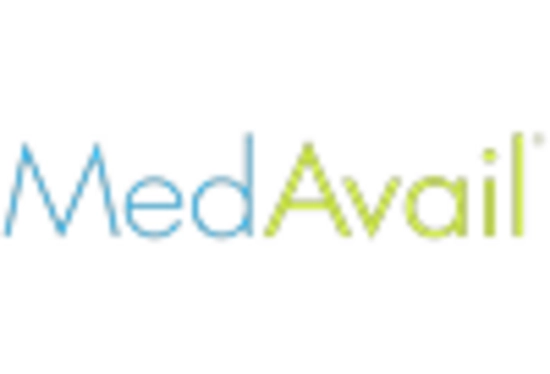
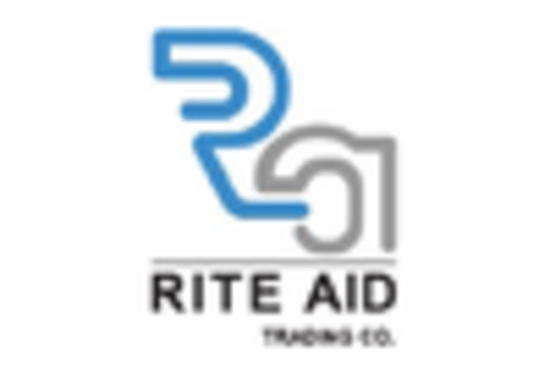










Leave a Comment